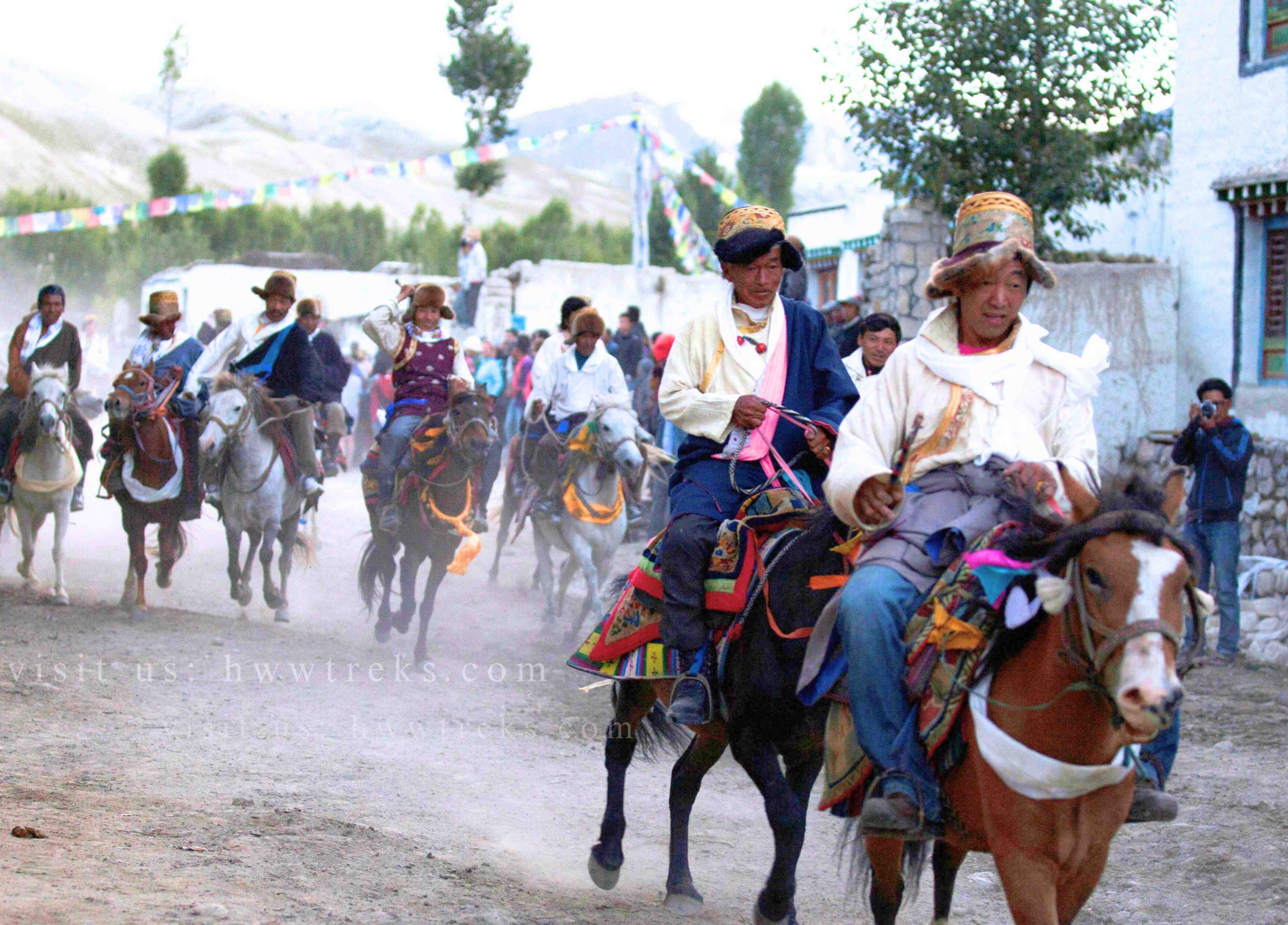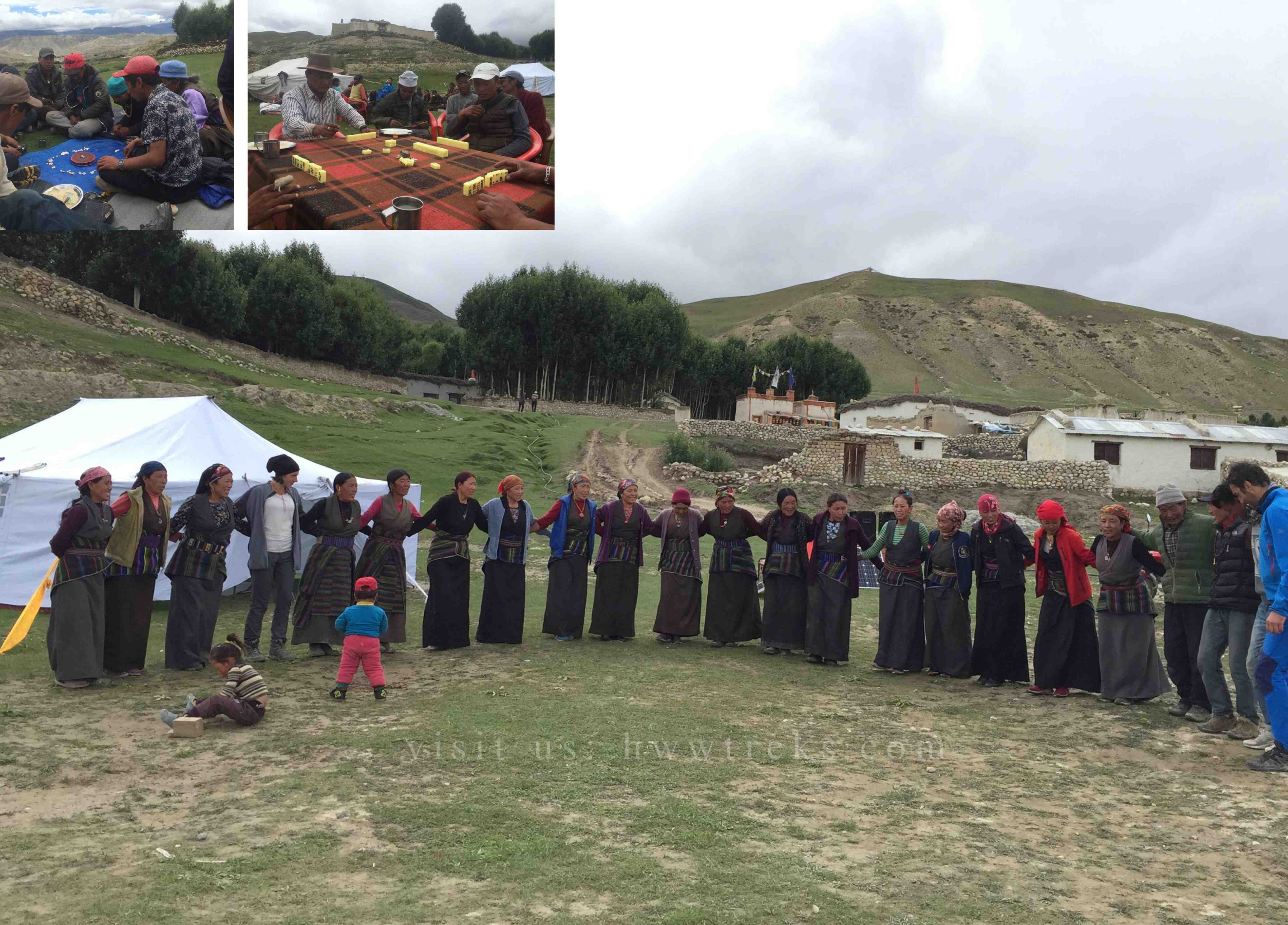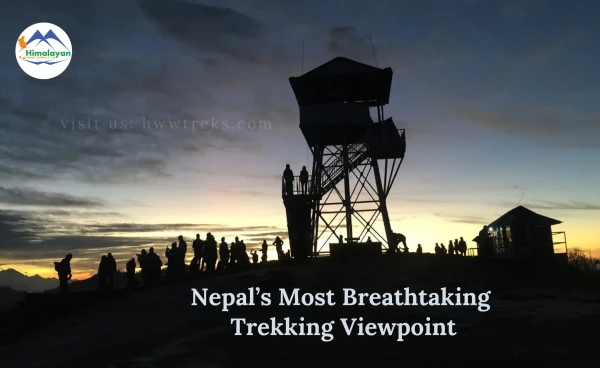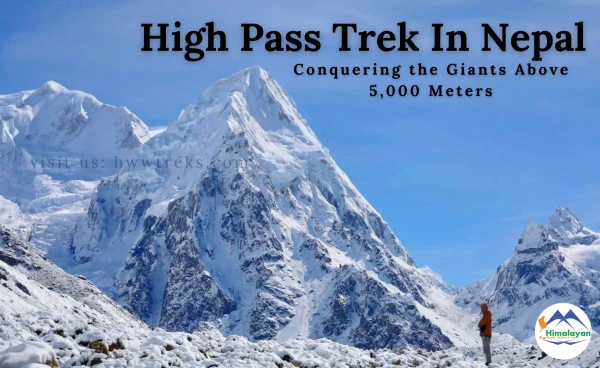- 10/24/2025
- Tags: Upper Msutang
- Yangchen Lhamo Gurung
Festivals of Upper Mustang: A celebration of Culture, Spirit and Community
Upper Mustang is a place where ancient traditions are not just remembered. They’ve lived. This remote Himalayan region in northern Nepal, once known as the “Hidden Kingdom,” is filled with exceptional landscape, vibrant culture, and dramatic places to visit. Being near the Tibet border, this region is deeply rooted in Tibetan Buddhist culture, and their lifestyle is highly influenced by Tibetan culture. One of the most vibrant expressions of that culture is found in its festivals.
Throughout the year, the region comes across colorful rituals, sacred mask dances, and social and community gatherings that mirror their cultural and spiritual pride. The locals, also known as Lowa, gather together during many religious (Bagcham, Tenpa Tsechu, Tiji Festival and so on) and community (Phaknyi, a seasonal cycle celebration, and Sonam Losar, a Tibetan farmer’s new year, and so on) occasions. There are times when people come together to pray, dance, race horses, share meals, and strengthen bonds that go beyond borders and generations.
Here’s a deeper look into the key festivals celebrated in Upper Mustang:
Contents [hide]
Sonam Losar- Tibetan Farmer's New Year
In Upper Mustang, Sonam Losar is much more than a change of date; it is a time of cleansing, renewal, and celebration. Here, Sonam Losar is primarily celebrated by the Sonampas, which means farmers, during January. In Upper Mustang, the most common occupations of the locals are farming and animal grazing.
During Sonam Losar, families clean their homes and prepare special offerings for deities to usher in good fortune. The villagers gather in open areas to feast on traditional Tibetan dishes, including khapse (Tibetan deep-fried biscuit), momos, thukpa, and homemade arak (a locally distilled liquor) or rice wine. The days are filled with music, laughter, and games such as dice, cards, and mahjong, while the nights are spent dancing and storytelling around warm fires. Traditional attire is worn with pride, and every shared smile becomes a blessing for the coming year.
Tiji Festival- The Sacred Battle of Good over Evil

The Tiji Festival is perhaps the most well-known and spiritually significant celebration in Upper Mustang. Held annually in Lo Manthang, this three-day festival is based on the myth of Dorje Jono, a deity who battles a demon to save the kingdom from destruction.
Uniquely, Tiji is celebrated twice a year:
- The main Tiji Festival in Lo-Manthang typically occurs in May, according to the Tibetan lunar calendar, with the entire village gathering in an open space.
- The New Tiji Festival, celebrated within the monastery, usually occurs in June or July. This version attracts a smaller audience, both local people and tourists, but follows similar rituals and traditions to honor the legacy of the original Tiji.
The story is enacted through elaborate Cham dances performed by monks in brightly colored masks and robes. Each movement is symbolic, carrying centuries-old teachings of Tibetan Buddhism. The entire village and visitors gather in the courtyard to witness this spiritual drama unfold.
Both versions are significant to the locals, offering a time of renewal, protection, and celebration. The main Tiji draws larger crowds, while the newer versions preserve the tradition in more intimate monastery settings.
For a full breakdown of the Tiji Festival story, rituals, and travel guide, visit the Tiji Festival of Upper Mustang.
Tenpa Tsechu / Dukpa Tshechu

Tenpa Tsechu (where “Tse” means day and “Chu” means ten) is a special festival celebrated on the 10th day of the 6th month in the Tibetan lunar calendar. This day marks the return of Guru Rinpoche, also known as Padmasambhava (Lotus Born), who is regarded as the founder of Tibetan Buddhism. He is credited with bringing Buddhism from India to Tibet and Bhutan in the mid-eighth century.
In Bhutan, this same festival is commonly known as Dukpa Tshechu (“Dukpa” meaning sixth month), while in the Mustang region of Nepal, it is celebrated as Tenpa Tsechu.
During this festival, special prayer and offering ceremonies are held at two of the region’s most sacred sites: Luri Gompa and Ghar Gompa. Ghar Gompa is especially significant for housing a sacred statue of Guru Rinpoche (Precious Tantric Master), which is considered highly precious. Local Ngakpas (tantric practitioners) conduct a four-day-long puja (ritual practice) here as part of the celebration. People from surrounding villages and far-off places gather at these monasteries to take part in the festival. Dressed in their traditional attire, they make offerings, join in prayers, and enjoy local music and cultural dances, creating a vibrant and spiritual atmosphere rooted in centuries-old tradition.
Bagcham of Namgyal Gompa - The Sacred Mask Dance

At the heart of Namgyal village lies a centuries-old monastery where ancient rituals are kept alive. One of the most sacred among them is the Bagcham (also known as Putra Cham), a masked dance performed to honor Mahakala, the protector deity.
The tradition dates back to the time of Panchen Shakya Chokden, who instructed the performance to protect Mustang from spiritual and physical harm. Legend has it that a storm summoned by a sacred ritual once saved the region from foreign invaders. Since then, the dance has been performed annually to cleanse the land of obstacles. The festival now takes place in the 5th lunar month, drawing locals and devoted visitors to witness this rare spiritual expression.
Read more about Bagcham of Namgyal Gompa
Yartung Festival - Where Horses Rule the Valley

Yartung is a thrilling summer festival dedicated to horsemanship, speed, and strength. Originally celebrated in honor of the King of Lo, it now serves as one of the largest sporting and cultural events in Upper Mustang and Lower Mustang, celebrated for three whole days.
Held during the harvest season (usually August), the festival includes horse racing, archery, and traditional games performed across open fields. Riders dress in ceremonial attire and display exceptional skill, cheered on by hundreds of villagers and visitors. Monks conduct spiritual rituals at monasteries before the races begin, ensuring blessings for participants and a peaceful gathering.
The festival is lively and colorful, filled with energy and a competitive spirit. Still, it also showcases the deep bond between the people of Mustang and their horses, essential companions in this rugged terrain.
Want to experience this live? Learn more about the Yartung Festival.
Phaknyi Festival - A Feast of Gratitude

Phaknyi means "feast," and this festival is celebrated just before the harvest season begins. It marks the end of the busy spring and early summer agricultural activities in the village. As the fields ripen and the hard work of planting is done, the community gathers during August, the most pleasant time of year in Upper Mustang, to relax, reconnect, and give thanks to nature in anticipation of a good harvest. It’s a time of joy, rest, and cultural celebration before the crops are brought in.
Traditionally, people used to celebrate phaknyi in a group, like mothers used to have their separate group, and so did the boys, girls, and older males. They celebrate in a group on their own in a separate place.
Villagers gather outdoors and share large meals prepared from the fresh harvest. There is singing, dancing, drinking, and playing traditional games. Phakni is informal, yet it holds deep cultural importance as it reflects the local connection to the land, the rhythm of the seasons, and the joy of communal life. It’s also a time to rekindle bonds and enjoy simple pleasures after a season of hard work. Phakni is celebrated during August and September.
Conclusion
The festivals of Upper Mustang are more than events; they are living traditions. They bind communities, tell sacred stories, and keep the cultural pulse of the region alive. Whether it’s the spiritual drama of the Tiji Festival, the playful harvest joy of Phaknyi, or the powerful protector rituals of Bagcham, each celebration offers a meaningful glimpse into the heart of Mustang. For travelers, attending these festivals is an opportunity to connect deeply with the people, stories, and living spirit of this ancient Himalayan land.
Come not just to trek the trails of Mustang but to walk through its timeless celebrations.
Read similar useful blogs regarding travel to Upper Mustang from the below lists:
- Best Treks in Upper Mustang
- When is the next Tiji Festival of Lo Manthang?
- What is the Tiji Festival?
- Villages of Upper Mustang
- Three Major Monasteries of Lo Manthang.
- Must-See places of Upper Mustang
- Road Trip to Upper Mustang
- Bagcham of Namgyal Monastery
- Local Trekking and Tour Operators For Upper Mustang
- Shaligram Shila (ammonite) of Mustang
- Hotels in Mustang



